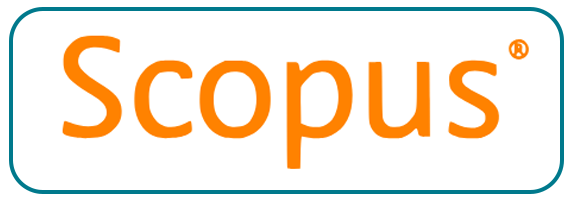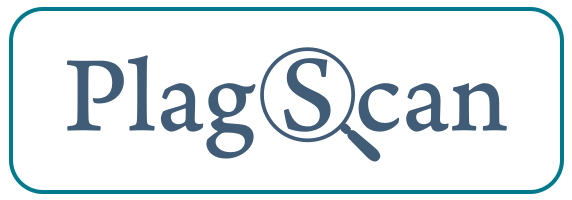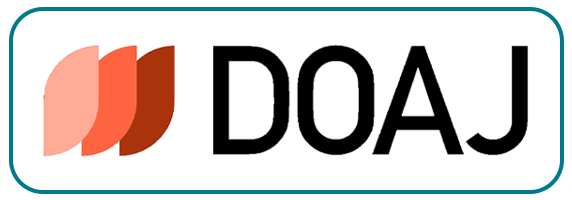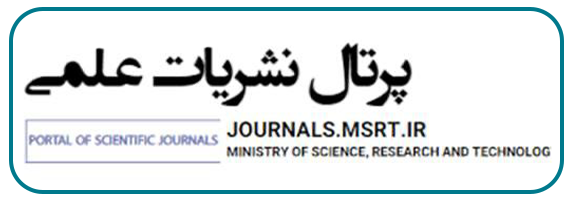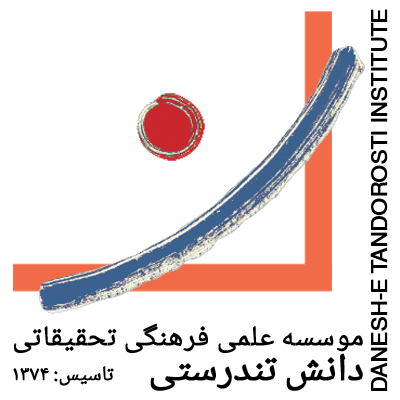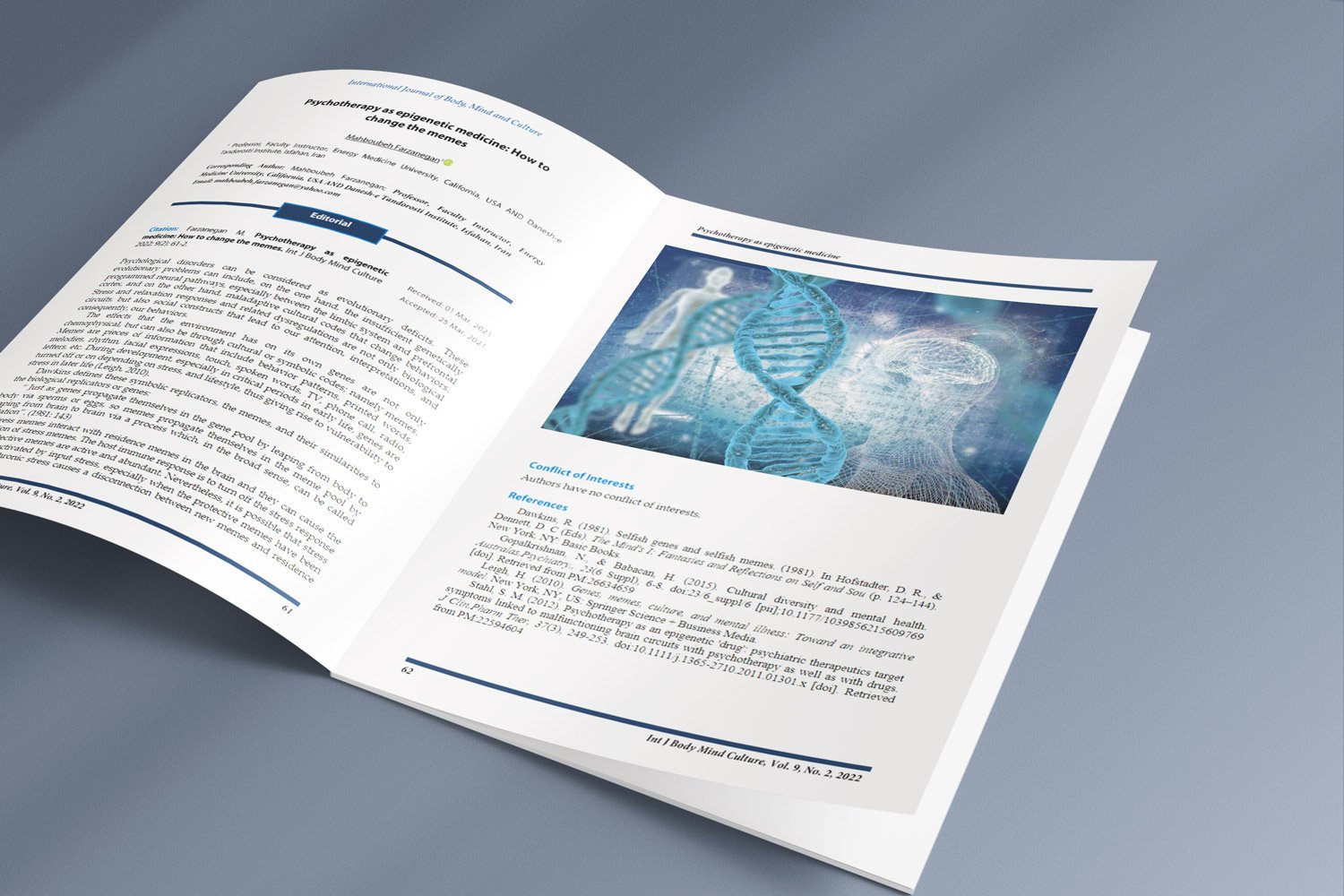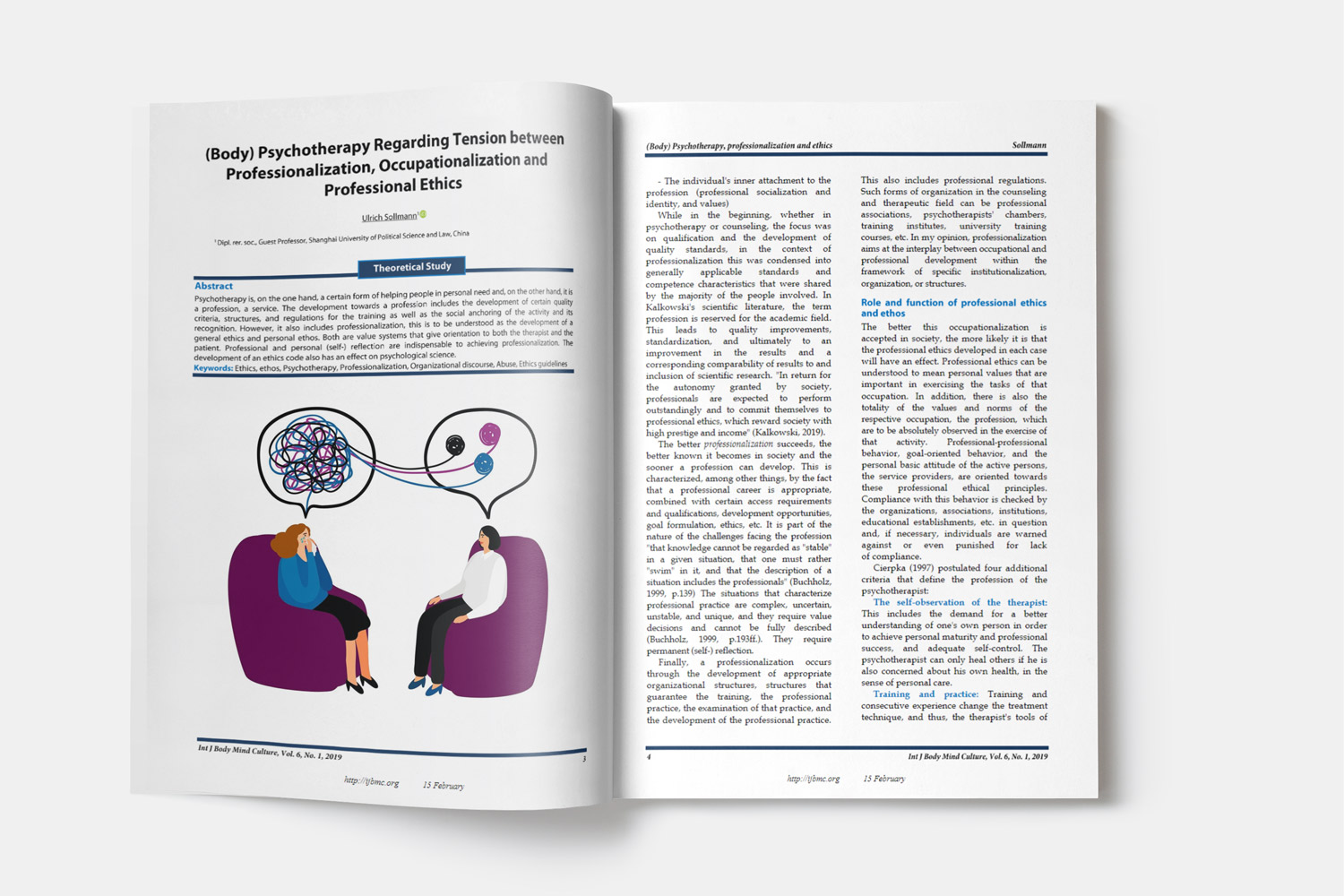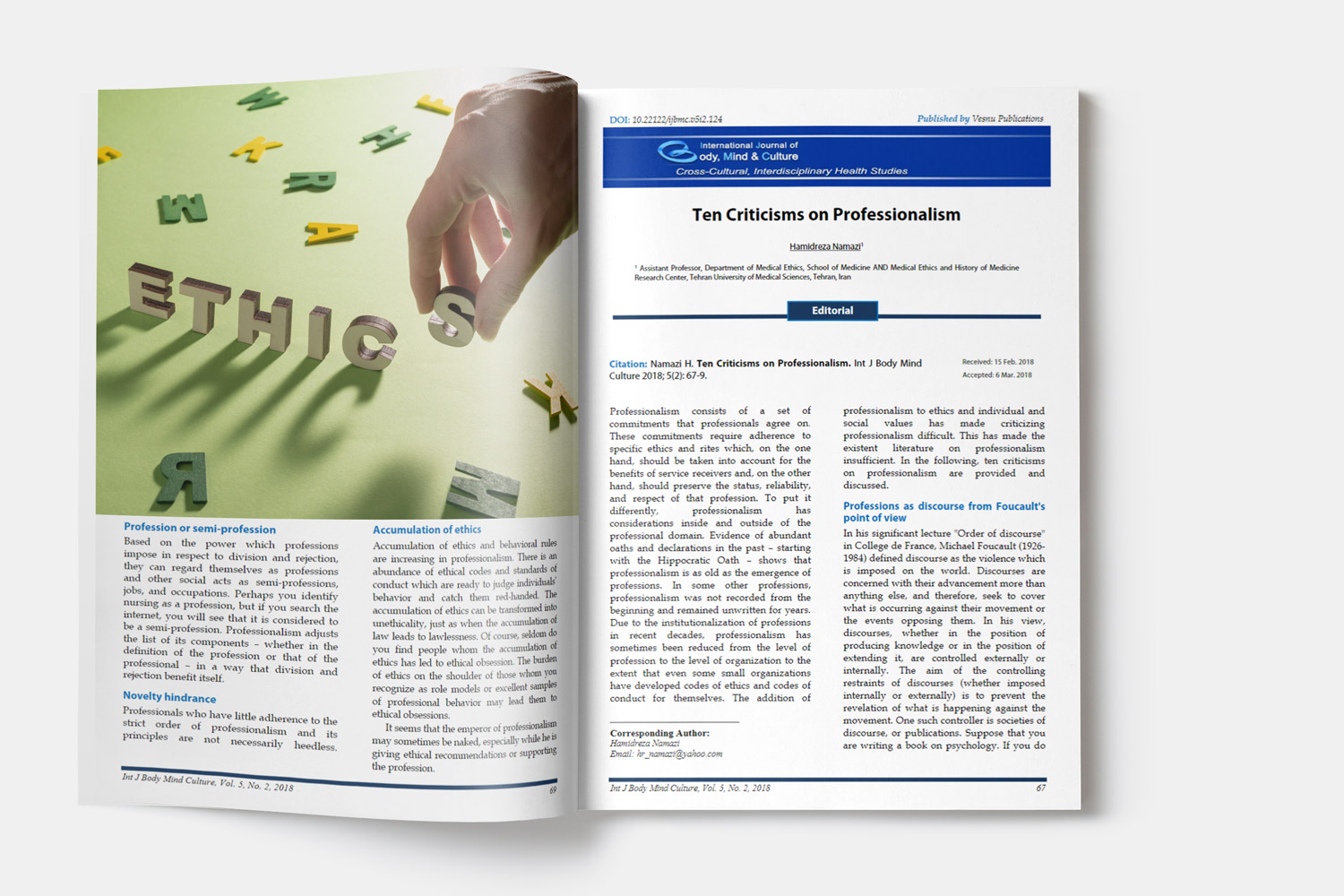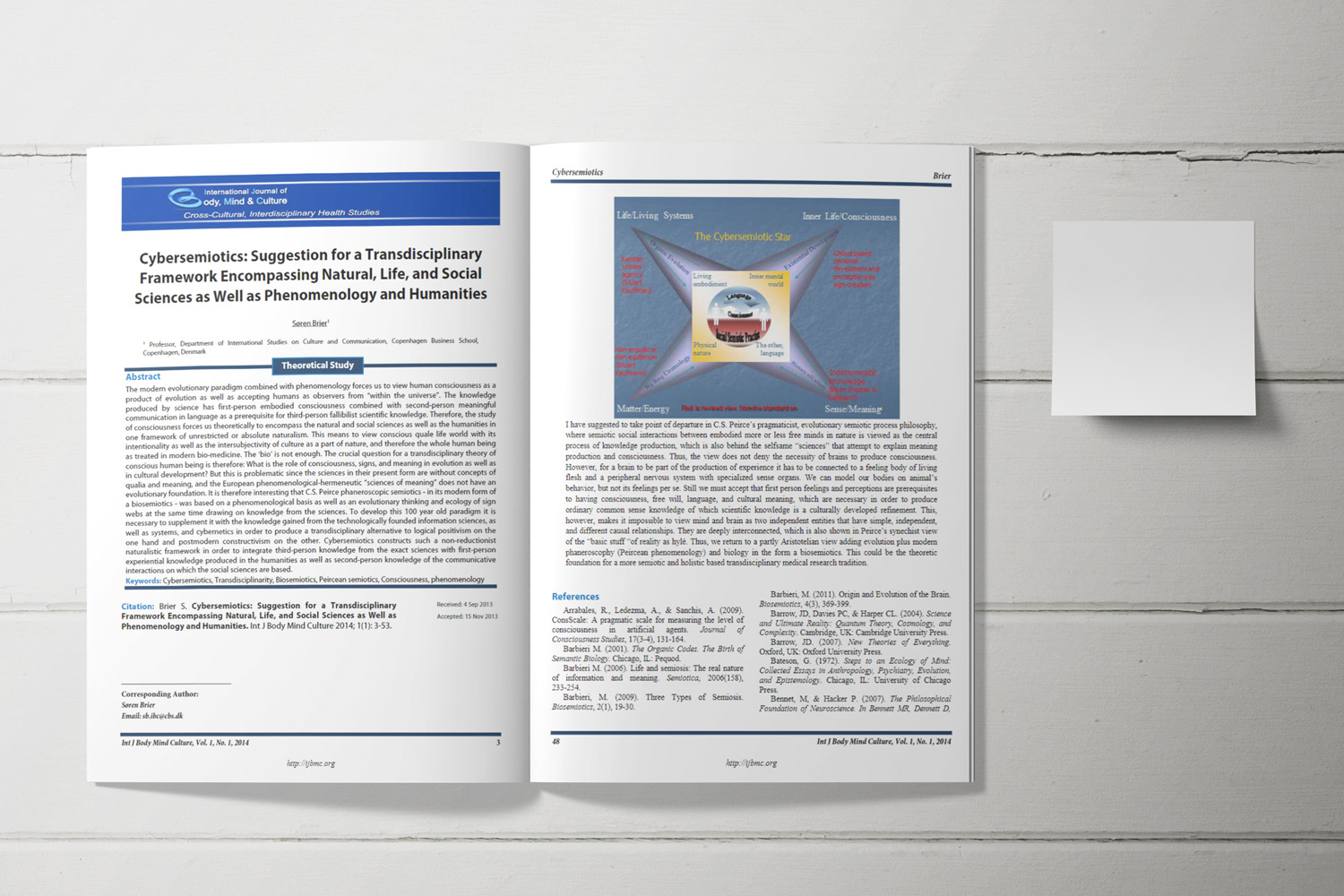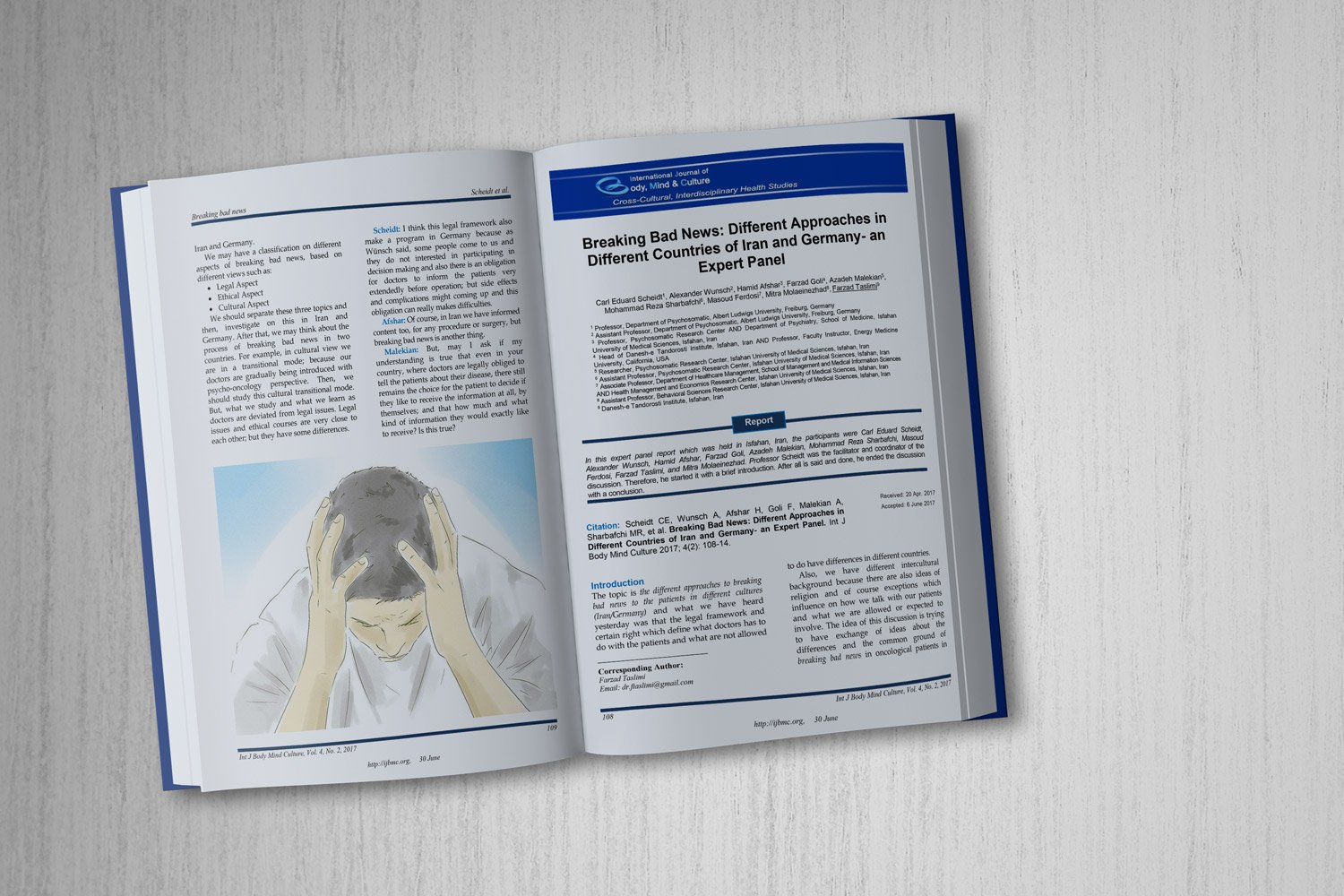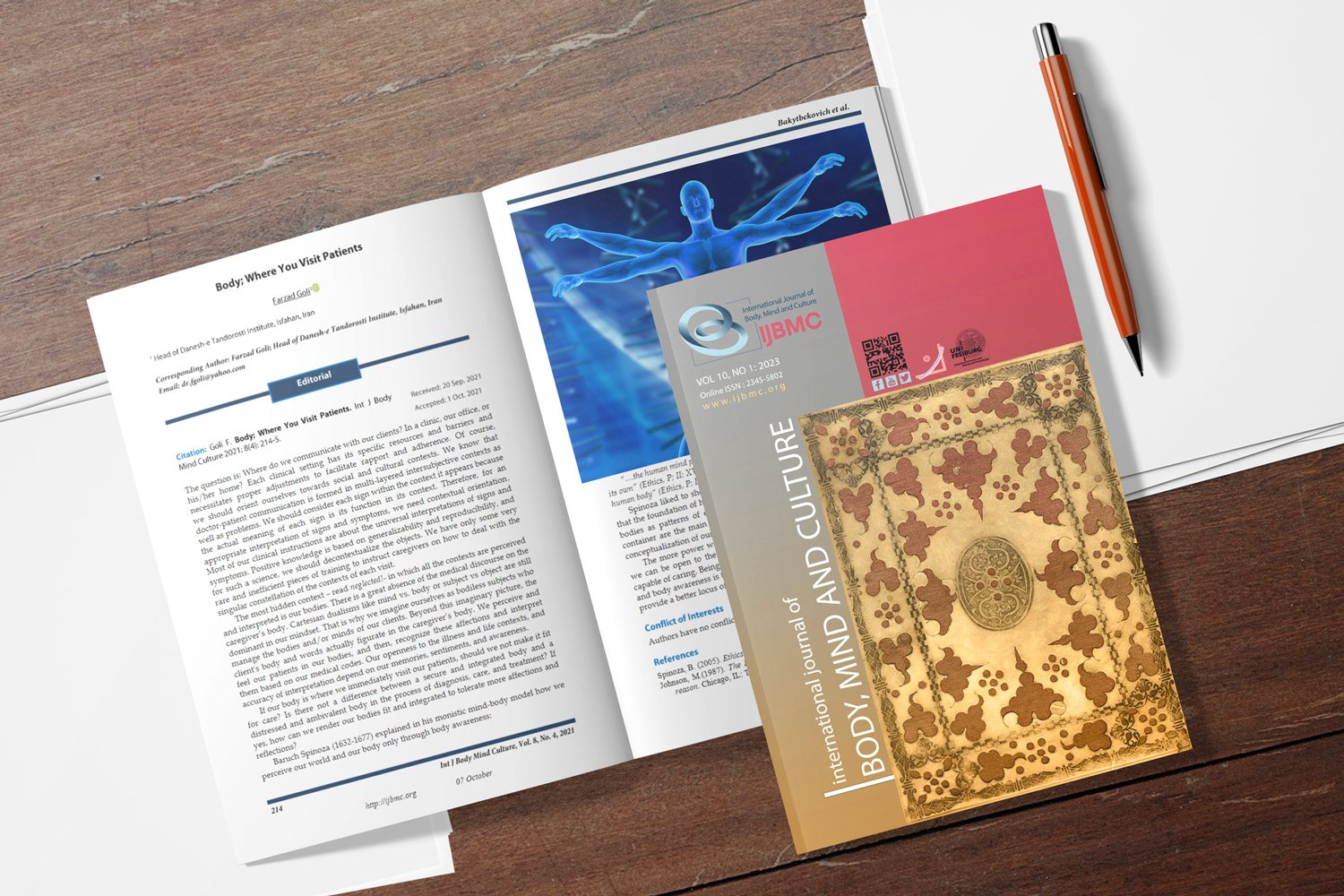Empowering Women Through Health Belief Model–Based Education on Polycystic Ovarian Syndrome
Downloads
Objective: This study aimed to evaluate the effectiveness of Health Belief Model (HBM)–based education on improving women's knowledge, health beliefs, and practices regarding PCOS.
Methods and Materials: A quasi-experimental pre-post design was employed with a purposive sample of 300 women attending an outpatient obstetrics and gynecology clinic of Kafr El-Sheikh University Hospital, Egypt. Data were collected using a structured questionnaire assessing demographic characteristics and HBM constructs. The intervention consisted of eight educational sessions delivered over six months. Pre- and post-intervention data were analyzed using descriptive statistics and inferential tests to determine statistical significance.
Findings: Pre-intervention findings indicated high levels of negative health beliefs regarding PCOS: perceived susceptibility (75.3%), severity (71.3%), barriers (68.3%), benefits (65.0%), and cues to action (73.3%). Following the intervention, positive health beliefs significantly increased across all domains, with over 80% of participants showing improved scores (p < 0.001). Overall, the proportion of women with positive total HBM scores rose from 32.3% to 83.3%. Significant associations were found between sociodemographic factors and health belief scores both pre- and post-intervention (p < 0.001).
Conclusion: The HBM-based educational program significantly improved women's health beliefs about PCOS, demonstrating its effectiveness as a tool for empowering women and promoting informed self-management across diverse sociodemographic groups.
Downloads
Ali, A. T., Omar, M. A., & Azzam, M. (2020). Polycystic ovary syndrome: Insights into pathogenesis, diagnosis, management, and health implications. International journal of women's health, 12, 761-772. https://doi.org/10.2147/IJWH.S235689
Athar, Z., & Javed, N. (2024). Exploring the Lived Experiences and Coping Mechanisms of Unmarried Women With Polycystic Ovary Syndrome (PCOS) in Pakistan. Sri, 2(1), 88-108. https://doi.org/10.32350/sri.21.05
Dabbaghi, F., Amiraliakbari, S., Molavynejad, S., & Ghaffari, F. (2019). The impact of an educational program based on the health belief model on knowledge and behavior of patients with PCOS. Journal of education and health promotion, 8, 94. https://doi.org/10.4103/jehp.jehp_58_18
Ding, T., Hardiman, P. J., Petersen, I., Wang, F. F., Qu, F., & Baio, G. (2023). Global prevalence and regional variation of polycystic ovary syndrome: A systematic review and meta-analysis. Reproductive Biology and Endocrinology, 21(1), 12-25. https://doi.org/10.1186/s12958-023-01067-2
Goodarzi, M. O., Dumesic, D. A., Chazenbalk, G., & Azziz, R. (2011). Polycystic ovary syndrome: Etiology, pathogenesis and diagnosis. Nature Reviews Endocrinology, 7(4), 219-231. https://doi.org/10.1038/nrendo.2010.217
Han, T., Liu, S., Liu, H., Wang, X., Yang, X., Chan, S., Tumanov, S., Cannon, R. D., Yang, Y., & Han, T. L. (2024). The Role of Gut-Brain Tryptophan Metabolism and Fatty Acid Peroxidation in the Effect of Sleep Deprivation on Anxiety and Depression in PCOS Mice. https://doi.org/10.21203/rs.3.rs-4662031/v1
Lim, S. S., Kakoly, N. S., Tan, J. W., Fitzgerald, G., Bahri Khomami, M., Joham, A. E., & Teede, H. J. (2023). Metabolic and reproductive outcomes of polycystic ovary syndrome: A systematic review and meta-analysis. The Lancet Diabetes & Endocrinology, 11(2), 102-115. https://doi.org/10.1016/S2213-8587(23)00002-1
Shakya, S., Bhattarai, P., & Gurung, G. (2021). Effectiveness of health belief model-based educational intervention on menstrual hygiene practices among adolescent girls. Journal of Adolescent Health, 68(1), 140-147. https://doi.org/10.1016/j.jadohealth.2020.06.003
Shishehgar, S., Dolatian, M., Majd, H. A., & Bakhtiary, M. (2019). The effect of health education based on the health belief model on the health-promoting behaviors of women with PCOS. Iranian Journal of Nursing and Midwifery Research, 24(1), 30-35. https://doi.org/10.4103/ijnmr.IJNMR_45_18
Teede, H. J., Misso, M. L., Costello, M. F., Dokras, A., Laven, J., Moran, L., & Hoeger, K. M. (2018). Recommendations from the international evidence-based guideline for the assessment and management of polycystic ovary syndrome. Human Reproduction, 33(9), 1602-1618. https://doi.org/10.1093/humrep/dey256
Van Der Ham, K., Laven, J. S. E., Tay, C. T., Mousa, A., Teede, H., & Louwers, Y. V. (2024). Anti-müllerian hormone as a diagnostic biomarker for polycystic ovary syndrome and polycystic ovarian morphology: a systematic review and meta-analysis. Fertility and sterility, 122(4), 727-739. https://doi.org/10.3389/fendo.2018.00014
Van Tienhoven, X. A., De Chávez Gascón, J. R., Cano-Herrera, G., & et al. (2025). Vitamin D in Reproductive Health Disorders: A Narrative review focusing on infertility, endometriosis, and Polycystic Ovarian syndrome. International Journal of Molecular Sciences, 26(5), 2256. https://doi.org/10.1159/000491786
Copyright (c) 2025 International Journal of Body, Mind and Culture

This work is licensed under a Creative Commons Attribution-NonCommercial 4.0 International License.

